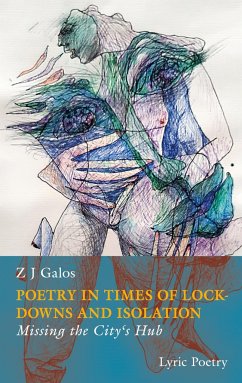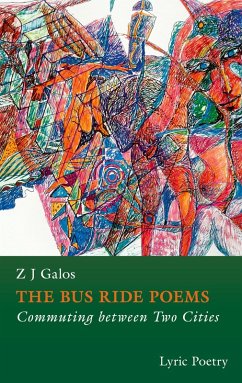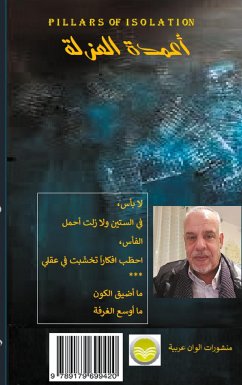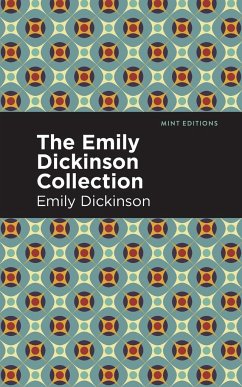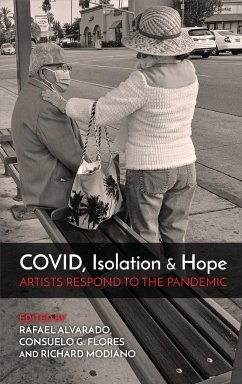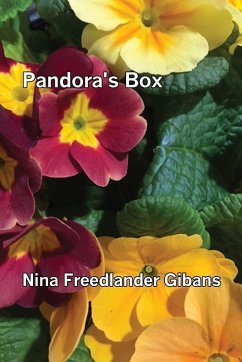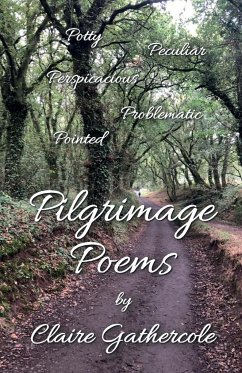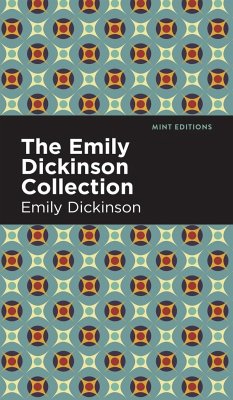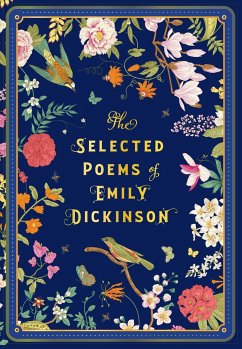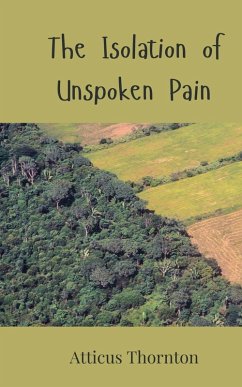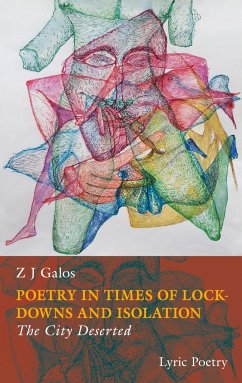
Poetry in times of lockdowns and isolation , Book II
The City Deserted

PAYBACK Punkte
0 °P sammeln!
In Book II, poetry had been further collated that had been written during the Third Lockdown in Vienna, Austria, while the statistics of the Covid-19 pandemic showed a staggering increase in infections and deaths due to it.Pro and con corona health management filled the daily newspapers and TV debates.During this time the poet's art exhibition in downtown Vienna remained hung at Gallery Z, but visitor groups were forbidden to enter, and only individuals could visit on invitation at a prior appointment. Masks were obligatory in all public places and a general depressive mood spread throughout t...
In Book II, poetry had been further collated that had been written during the Third Lockdown in Vienna, Austria, while the statistics of the Covid-19 pandemic showed a staggering increase in infections and deaths due to it.Pro and con corona health management filled the daily newspapers and TV debates.During this time the poet's art exhibition in downtown Vienna remained hung at Gallery Z, but visitor groups were forbidden to enter, and only individuals could visit on invitation at a prior appointment. Masks were obligatory in all public places and a general depressive mood spread throughout the communities.The poet had a good understanding with his friends, who appeared regularly on the social pages of the Internet. One still could feel a longing for hope and good wishes for staying healthy became an important regular ritual to live through this ordeal to see the turn of the pandemic tide. And yet, everybody became aware of the changing times thereafter. The poet had been blessed with his fount of memories that started to flow and provide him with many contemporary poems thanks to encouragement from friends and Muses.





